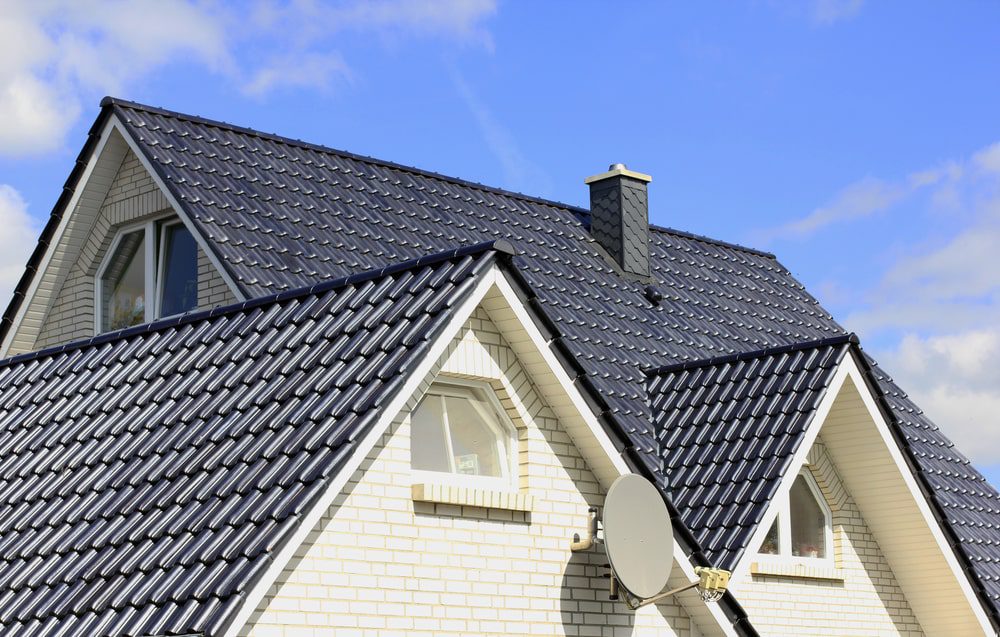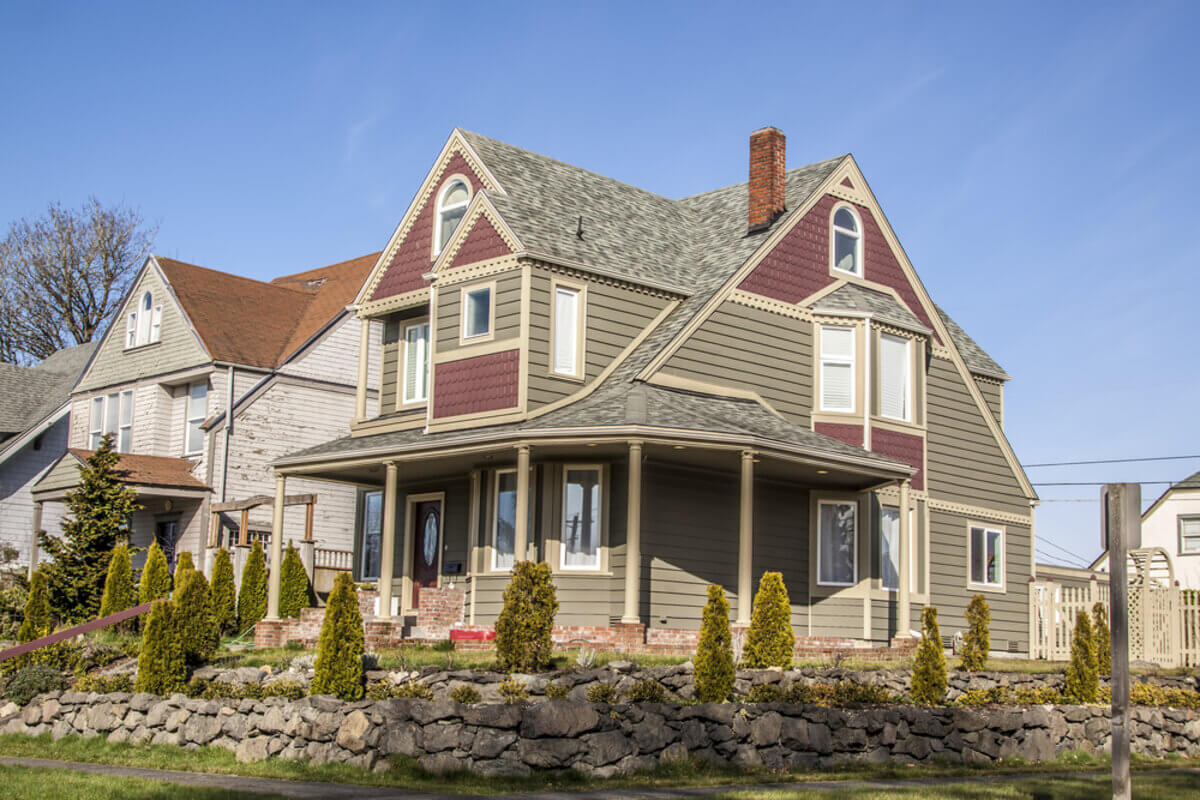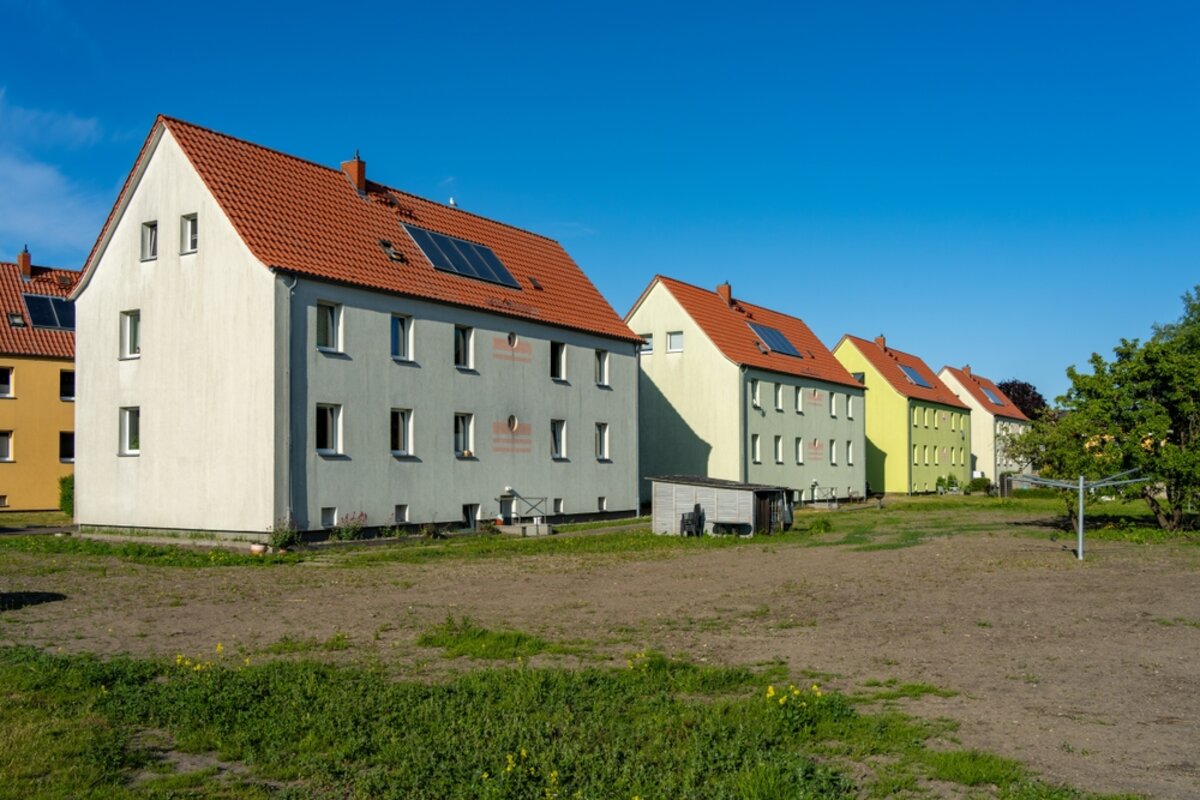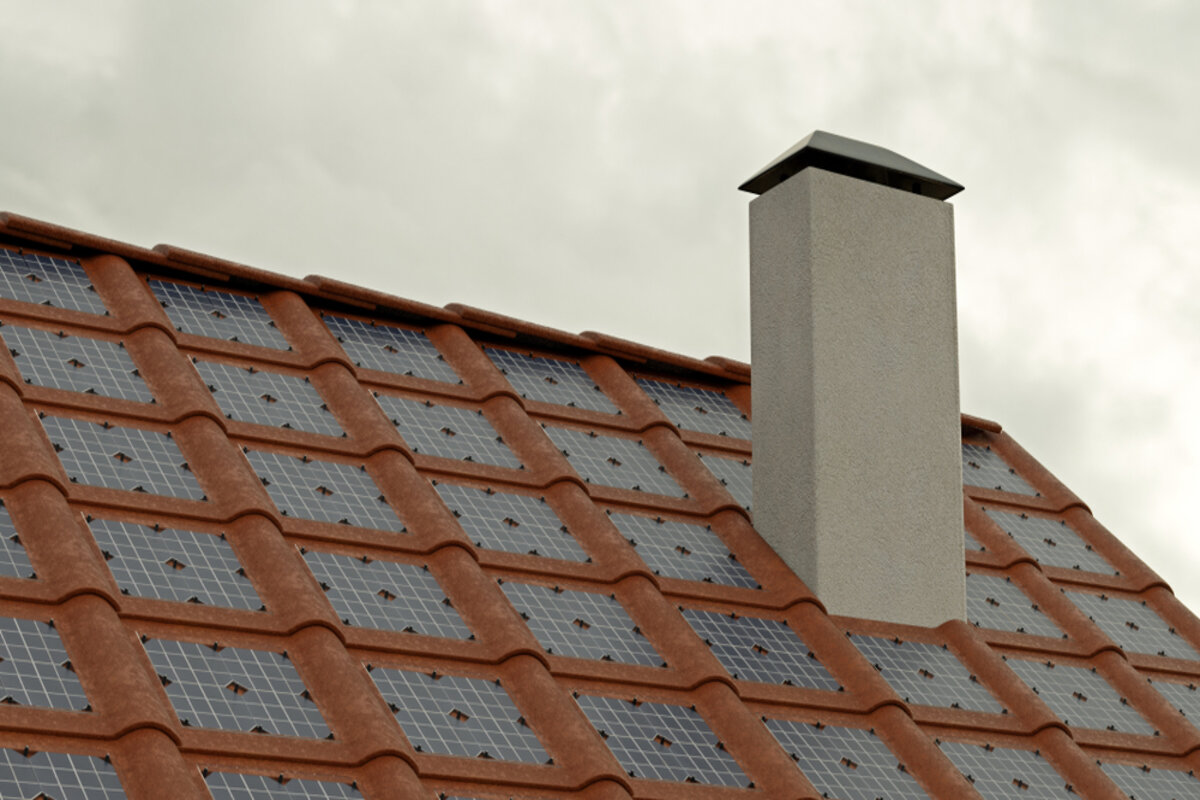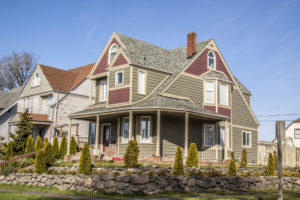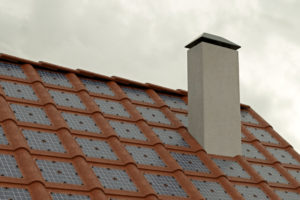Your roof is an integral part of your home. That’s why it’s crucial to keep it in pristine condition. Like any other part of a home, the roof wears out and may need repairs or replacement to restore function and its overall appearance.
For many homeowners, the biggest question is whether to reroof or replace the roof. While both methods solve a problem, understanding the difference between reroofing and roof replacement helps you take the best course of action.
What Is the Difference Between Reroofing and Roof Replacement?
Simply put, reroofing is updating or replacing a building’s roof. It’s not a long-term fix and can only be done once in a roof’s lifetime as long as it has one layer of shingles. Reroofing increases a home’s market value when selling.
Besides, building codes prohibit adding a third layer because it compromises the structural integrity of a home. If the roof needs reroofing after adding a second layer, then a roof replacement is necessary. Reroofing is also not an option if the roof has soggy or missing shingles.
You can’t mix roofing materials when installing a new roof or new shingles. If your roof has wood or slate tiles, the same roofing material should be used when reroofing.
On the other hand, roof replacement is more involved than reroofing a house. The roofing company tears the old roof and installs new shingles. After removing the old roof, a new underlayment or felt is installed to protect the roof deck from harmful elements before installing the new roof.
The Reroofing Process
Reroofing mainly involves adding new layers of shingles onto old ones, restoring its appearance and adding a protective layer that prevents leakage.
Step 1: Inspection
Roofing contractors must inspect the roof to identify areas that need reroofing. They also measure the old roof and guttering to estimate an accurate cost and recommend roofing options that suit your home.
Step 2: Pre-installation Preparation
Roofers then put up the necessary safety precautions to avoid accidents. They may install a guard rail and raise a ladder for easy roof access. They also clear any debris and clean the encircling area to create a comfortable working environment.
Step 3: Installation
The old shingles are then overlaid with new shingles. The roofers then inspect the roof to ensure all the worn-out areas are adequately covered. Installation time may vary depending on the extent of reroofing.
When To Choose Reroofing
So, how long does it take to reroof a house? Reroofing is ideal for aged roofs that are still in good condition. For example, roofs older than 15 years are excellent candidates, especially if they exhibit signs of minor wear. Knowing the age of your roof should settle the difference between reroofing and roof replacement in your next renovation.
In the case of asphalt shingles, you may find granules in the gutters, and adding a new layer may be the fix you need. Depending on the roof type, other minor roofing problems like leaks may also be resolved by reroofing. That’s because flat and pitched roofs don’t need more than one roofing application.
What Does It Cost To Reroof a House?
The reroofing cost is a function of labor, materials, scope, and location.
Homes with simple roofs, e.g., single or double pitches, are more accessible, which means the reroofing cost is much lower. Also, homes with additional features like a chimney or skylights require a more tactful approach, adding to the labor cost.
Sometimes, the chimney or skylights need repairs before reroofing, which adds to the cost.
What Is Involved in Roof Replacement?
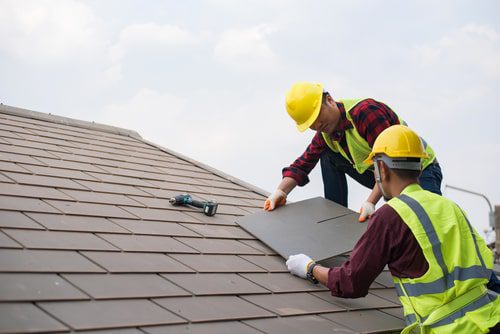
As earlier highlighted, roof replacement is more involved than reroofing. The process involves:
Step 1: Removal of the Old Roof
The damaged or worn-out shingles must be removed before installing new ones. Besides creating space for the new roof, it allows roofing contractors to inspect the wood decking under the roof.
Step 2: Inspect the Wood Decking
The roof needs a solid base for installation, and anchoring and inspecting the wood decking allows roofing contractors to determine if it’s stable enough. If the roof replacement is due to damage from severe weather, the decking is damaged too. Decking also gets damaged over time due to moisture.
Step 3: Perform Repairs
After inspection, any damaged wood is replaced with sheathing boards or plywood sheathing, depending on the roof type.
Step 4: Prepare the Surface
The roof area must be prepared before installing new shingles. The roofing contractor performs a drip edge installation first, which involves placing non-corrosive metal on the roof edges to prevent water from seeping underneath and damaging the decking. Next, a waterproof underlayment is placed between the roofing materials and wood decking to prevent water damage.
Step 5: Installing Roof Materials
The new shingles are then installed on the surface. The installation time varies based on the roofing material. Shingles take the shortest time, while expensive materials like slates take longer because they’re prone to breaking.
How Much Does a Roof Replacement Typically Cost?
The cost to replace a roof varies from $5,500 to $11,000 depending on various factors:
The Roof Size
Roofers charge on a per square foot basis; thus, the larger the home, the higher the cost. Also, a roof’s design adds to the cost. Two-story homes with steep slopes need more time to traverse than one-story homes with a low slope.
Roofing Material
The cost of roofing material makes up to 40% of the replacement cost, and it can cost $100-$1,000 per square foot. Asphalt shingles are the most affordable, costing $2,500 (on a 2200-sq-ft home). Metal roofs are expensive but can withstand extreme weather conditions better than asphalt roofs.
On the other hand, asphalt shingles are more vulnerable to falling debris and wind damage and may need to be replaced frequently. If durability is critical, consider upgrading to metal, slate, cedar shake, or tile roofing material.
Besides longevity, they enhance a home’s curb appeal, making it stand out from others. However, the roofing contractors should inspect the building materials to ensure they are sturdy enough to support heavier roofing materials.
Labor
Roofing companies charge labor per square foot; hence, larger homes tend to pay higher amounts than smaller ones. Also, the roof’s condition adds to the labor cost. For example, roofs with rotten timber under the shingles need more work. Also, roofs that had been reroofed previously need more work when removing the old material.
Other Costs
Be sure to clarify if the roofers charge an extra fee for disposing of waste. If some parts like the deck show signs of sagging, water damage, or mold growth, they may need repairs. This means your roofing needs a complete overhaul, which adds to the overall cost.
When To Get Your Roof Totally Replaced
You may be wondering, “How long does it take to replace a roof?” Well, it depends on the roof type. However, some problems are a telltale sign that a roof must be replaced. They include:
- Cracked shingles: If the shingles are cracking and the scope of replacement depends on how fast you discover the problem
- Missing granules: Roofs lose granules over time. If they are old and have lost many granules, it’s time to replace the roof
- Wind damage: Shingles may be lifted when strong winds are causing the sealant, nails, and other parts to come loose
- Curling shingles: It indicates more significant problems like leaking. Curling shingles may be a result of poor attic ventilation, shingles that weren’t lined or installed correctly
- Exposed nails: Such nails rust, causing leaks in the roof. A roof replacement may be necessary depending on the number of exposed nails
- Damaged flashing: If the material protecting the roof joints is damaged it’s best to replace the roof
How Long Will a New Roof Last?
A new roof lasts 25-30 years, but its lifespan varies based on the roofing type, quality of craftsmanship, environmental conditions, etc. Although shingles are the cheapest, they don’t last as long as slates or other heavy roofing material.
Poor installation roofing and environmental conditions like extreme temperature and high winds compromise a roof’s lifespan.
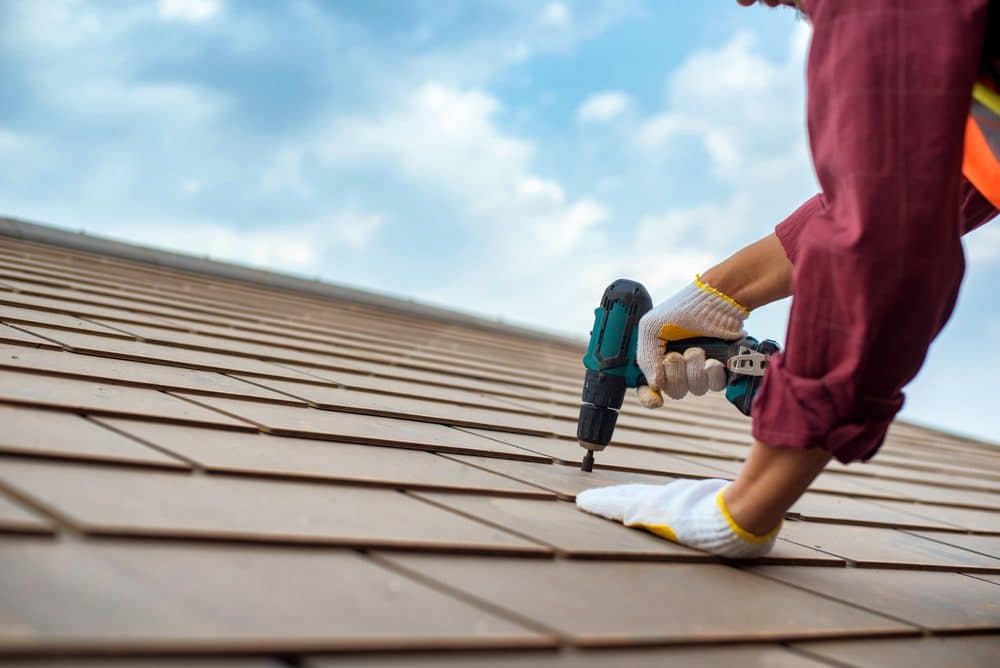
Should You Reroof or Replace a Roof?
The decision of reroofing vs roof replacement narrows down to the roof’s condition. If your roof has a few layers of the shingles loose but is still in good condition, reroofing should solve the problem.
However, if the roof has extensive wear and is more than 20 years old, a roof replacement may be ideal. Also, if it already has two layers of shingles and both are worn out, it’s best to replace the roof. When finding damage after inspection, roofing contractors must remove both layers before replacing the roof, which adds to the cost and the roofing time.
It would help if you weighed the pros and cons of both options before choosing one.

